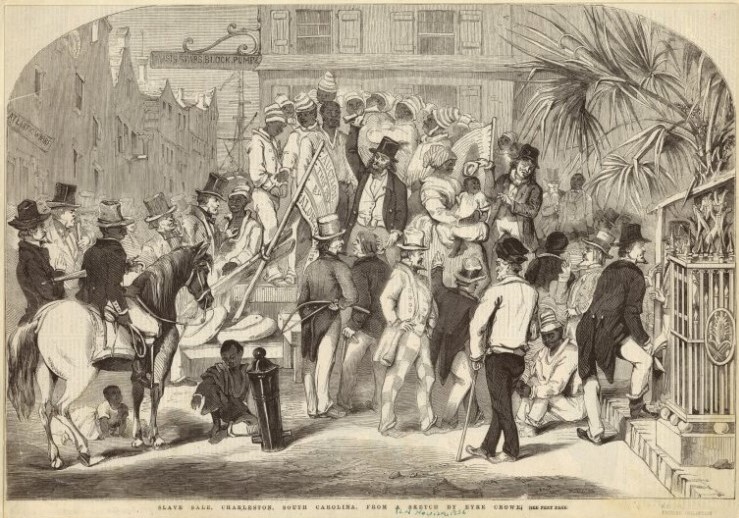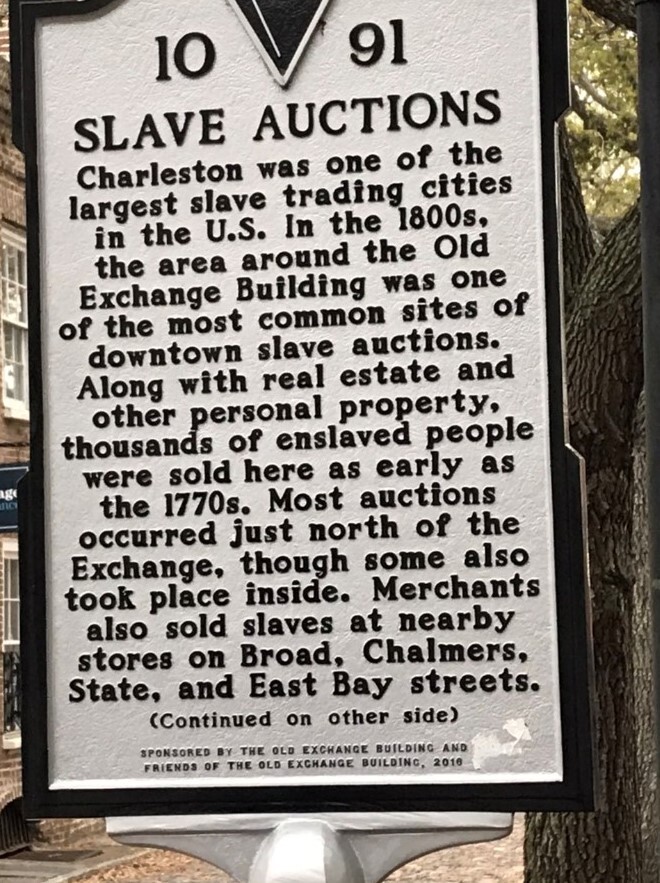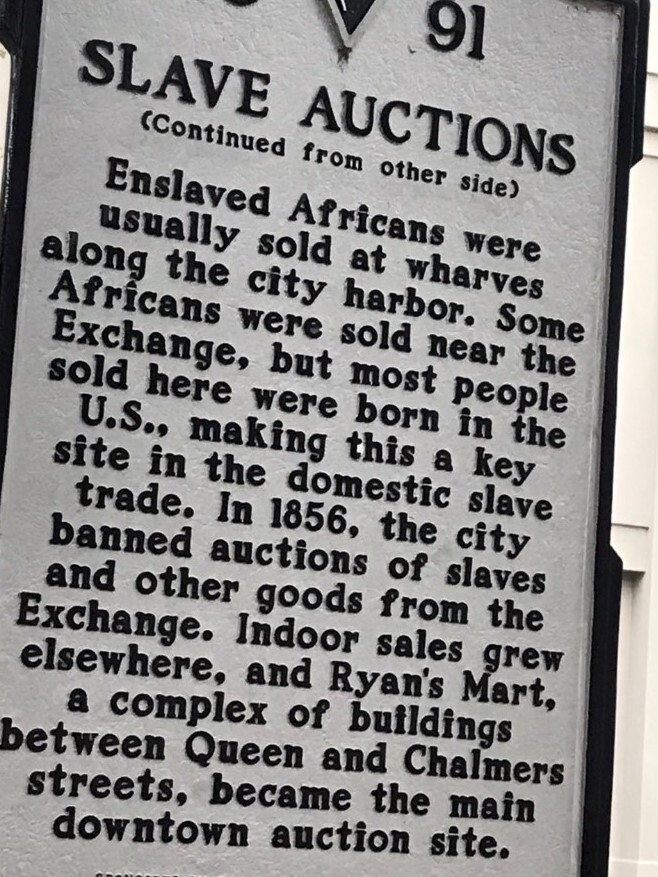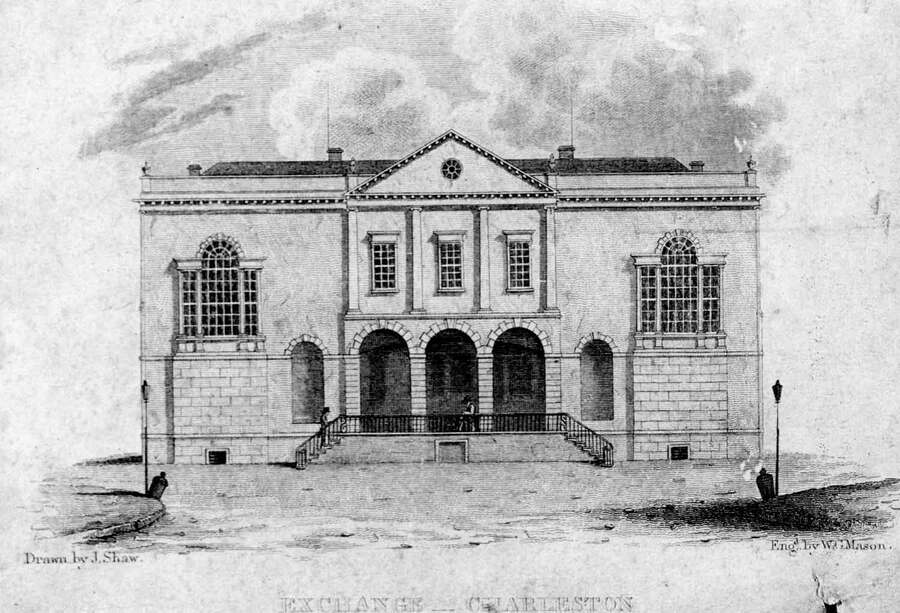Old Exchange and Provost Dungeon, 122 East Bay Street
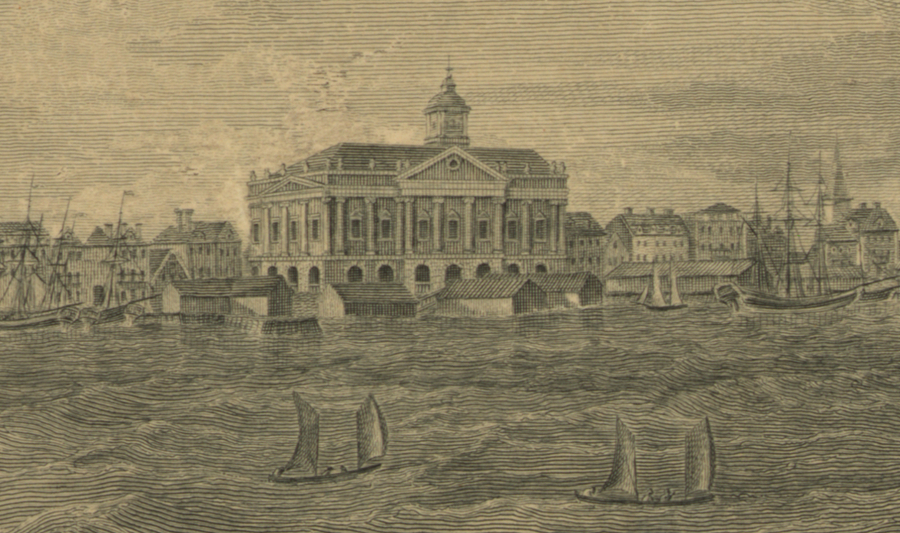
The Old and Exchange and Provost Dungeon at 122 East Bay Street was built in 1771 as a customs house for the city of Charles Town.
The Old and Exchange and Provost Dungeon at 122 East Bay Street was built in 1771 as a customs house for the city of Charles Town. Built on top of the location of the former Watch House and part of the Half-Moon Battery of the old city walls, it was designed by William Rigby Naylor and constructed by Peter and John Horlbeck. This building was strategically placed at the end of Broad Street in the commercial center of the city with wharves around it for easy access to trade goods. This building has served many purposes throughout the history of Charleston such as customs house, city hall, and post office.
In the beginnings of the Old Exchange, citizens of Charleston and other landowners bought and sold everything from houses, property, and furniture, to livestock here. Outside, on the north side of the building, an open lot often served as one of the most popular places to sell Africans and African descended people within the city. To slave traders and auctioneers, using this space for slave auctions made good business sense and was legally supported by the U.S. Constitution before the ratification of the 13th Amendment.
At the start of the nineteenth century, the auctioning of enslaved people in Charleston was very common around the city. Many places such as Gadsden’s Wharf and other places around the harbor were used as auction sites as well. But the selling of Africans and African descendants north of the Exchange building was so popular that residents often complained that the auctions were causing traffic jams on East Bay Street. Travelers to the city would often observe some of these public sales and write about them. Captain Basil Hall of the Royal Navy, while passing the Exchange, described a scene of a father and mother being brought up for the auction with a baby on the mother’s hip and two boys hugging her knees as money offers were called for the whole family or just one of the members. Another witness to the auctions, the British painter, Eyre Crowe, while on an 1854 visit to Charleston with the writer William Thackeray, painted what he saw at one of these auctions near the Old Exchange. That painting, A Slave Sale in Charleston, South Carolina, is now one of the most well-known images of slave auctions today. In 1856 the city passed an ordinance banning the sale of Africans and African descendants on the streets of Charleston. Thus, slave auctions left the north side of the Old Exchange and moved inside other buildings, mostly on State and Chalmers Streets. One of these slave auction houses, Ryan’s Mart, is the Old Slave Mart Museum at 6 Chalmers Street today.
The Old Exchange was also a scene of tension between slave owners and abolitionists. In 1835, the Exchange functioned as the city’s post office. After the emancipation of slaves in the British Indies in 1833, abolitionists in the United States began to send anti-slavery pamphlets and literature to Charleston to protest the city’s use of slavery. This angered the pro-slavery citizens in Charleston who decided to destroy the abolitionist mail at the Exchange in July 1835. The first night that the incensed, white citizens tried to destroy these texts, they were stopped by a member of the City Guard as destruction of mail was a felony. The next night the mob tried to do this, the postmaster, Alfred Huger, was not able to stop them. The crowd opened one of the windows and took the bundles of abolitionist texts, throwing them on a bonfire on the parade grounds of the Citadel, now Marion Square. According to the Charleston Courier, this event was a sign to the North to stay out of the South’s business and to protect their institution of slavery.
The building survived the Civil War, but suffered damage during the 1886 earthquake. The Daughters of the American Revolution bought the building and prevented its destruction in 1921. The city of Charleston restored the building between 1979 and 1983 and manages the site as a museum for colonial/American Revolution history. The Old Exchange has worked to document its place in the slave trade in Charleston. A historic marker detailing its role in the slave trade was dedicated on the north side of the building on March 10, 2016 in acknowledgement of what took place there.
Images



